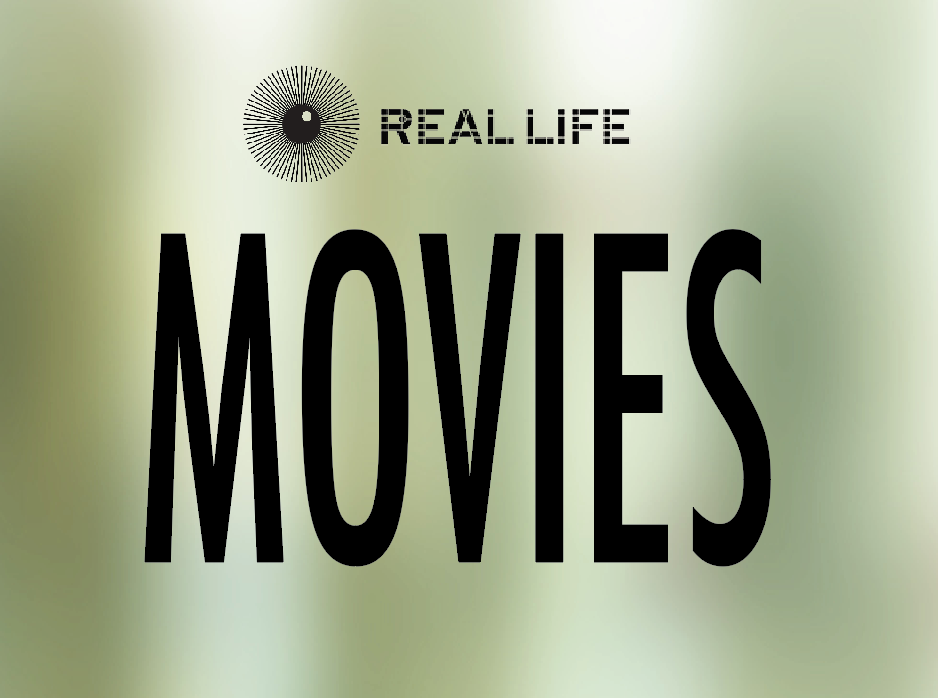Real Life is on winter break. In the meantime we’ve put together four themed SPECIAL ISSUES for your consideration from essays we published this past year. Below is the first of these packages, on movies. Click the image for a pdf. We’ll be returning in the new year. Thanks for reading!
Emerging media don’t operate in a vacuum — they appear as representations in other media, which often have a vested interested in neutralizing them. This is obvious in the way the internet was represented in 1990s movies like The Net as both dangerous and utterly irrelevant for ordinary people. Films still struggle to comfortably incorporate the banal magic of digital communication, which renders so many classic movie plots implausible or incomprehensible. Why don’t these people just send a text? New technologies have reshaped not only what sorts of stories seem narratable but what sorts of fantasies and fears feel appropriately cinematic. Social media have had a further effect, forcing films to accommodate the rise of microcelebrity, ubiquitous connectivity, routinized surveillance at the level of form and content. But this also points to how the influence is not unidirectional. As digital media increasingly “pivots to video,” the grammar of film feeds back into how we represent ourselves and how we communicate. As it becomes routine to speak to one another in movie clips and our own short videos, the visual language of film will become an indispensable and inescapable aspect of everyday life.
Featuring:
“Immaculate Contraption” by Sasha Geffen
“Horror Head” by Stephanie Monohan
“Motion Pictures” by Patrick Nathan




